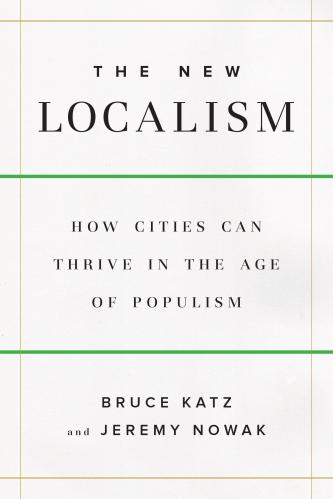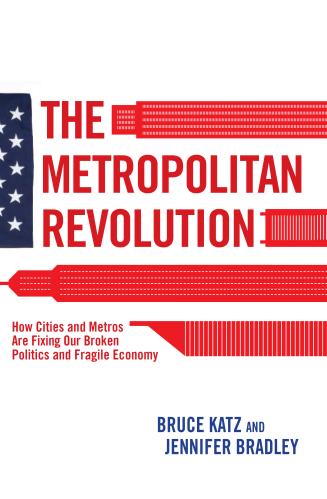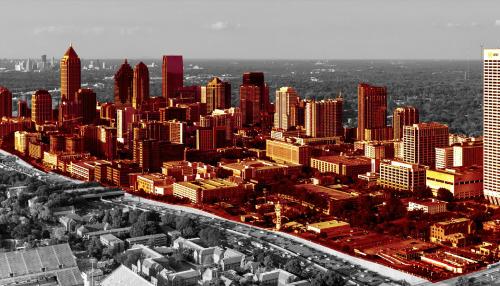Cities are on the rise at a scale and speed unprecedented in human history. They have become the undisputed engines of national economies and the centers of global trade and investment.
They sit on the front lines of disruptive forces like population migration, demographic transformation, economic restructuring, income inequality, and climate change. And with many national and state governments mired in gridlock, cities are increasingly the vanguard of problem-solving and policy innovation.
Sustainable urbanization reflects one of the most critical areas for urban solutions today. While half of the world’s population now lives in cities, more than 70 percent of carbon emissions originate in cities. The unbalanced growth of megacities like Beijing, Lagos, and New Delhi is already precipitating severe levels of environmental degradation, air and water pollution, and deleterious health outcomes. This is why the 2015 Paris climate agreement and the UN’s recent Sustainable Development Goals recognized that cities will need to be a key part of the world’s response to climate change.
If cities are to grow in more sustainable ways, major interventions in the transport, buildings, and energy sectors will be necessary.
Transport and buildings constitute the bulk of greenhouse gas emissions in cities, and cities consume over two-thirds of the world’s energy, primarily through non-renewable sources. The technologies for radically changing this reality—such as state-of-the-art mass transit, energy efficiency, and distributed renewable energy—already exist. The challenge lies in deploying these technologies at scale across cities with radically different regimes of government and governance.
This report represents an effort to show in granular terms how different cities are innovating in distinct ways around sustainable urbanization. Over the last decade, long-term sector-specific plans in energy, transportation, and urban development have become the standard way through which many municipal governments try to influence sustainable development for the medium and long term. We believe practice must move beyond the realm of good planning and into accountability. Is a city delivering on its long-term targets and policies? Is it forging new forms of governance that foster collaboration across the public, private, and civic sectors and at all levels of government—city, suburban, state, and federal? And is it doing so in a way that can be rapidly adapted by other cities and scaled by national governments and global markets?
To that end, we have selected a small group of cities – Hamburg, Germany; Manchester, United Kingdom; and Pittsburgh, Pennsylvania—that we believe are first-movers in their regions for sustainable urban solutions. While most comparative analyses have focused on the differences between national, state, or even city policies, we have decided to dig deeper and ascertain the differences between city practices, given that cities operate under radically different regimes of government and governance.
We have identified a series of emblematic projects in each city in the focus areas of urban transit, energy efficient buildings, and decentralized renewable energy. For each project we have investigated the different actors that design, plan, finance, deliver, and manage concrete developments and initiatives. Such an inquiry provides, for the first time, an understanding of how entities in the public, private, and civic sectors interact on all the core elements of successful projects.
We hope this inquiry will both sharpen understanding about the nexus between smart governance and sustainable urbanization at the project level and unveil a series of practical lessons and solutions that can be applied to cities in the United States, Europe, and ultimately beyond to cities in Africa, Asia, and Latin America where urban growth is primarily occurring. As the report shows, cities provide a natural experiment since they undertake the same projects with radically different stakeholders and approaches. This enables us to assess benefits and drawbacks, identify best practices that might be ripe for adaptation and replication, and move closer to norms of behavior and financing that can be easily routinized.
The path to sustainable urbanization, in short, lies in granular application as much as grand policy.
The Brookings Institution is committed to quality, independence, and impact.
We are supported by a diverse array of funders. In line with our values and policies, each Brookings publication represents the sole views of its author(s).












